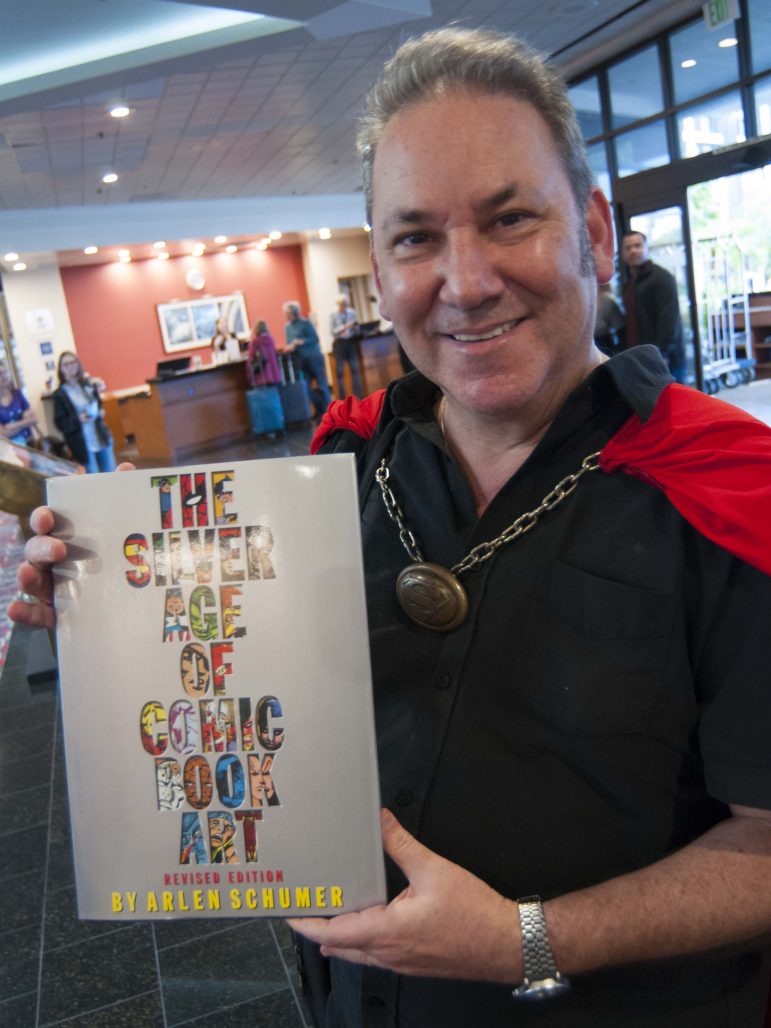
Artist, illustrator, writer, and in a way Jack Kirby historian are a few of the titles that Arlen Schumer would claim for himself. The man of many talents is hard at work at this year’s San Diego Comic Fest, giving four “visualectures” throughout the convention weekend. Since SDCF is paying special tribute to the 100th birthday of the famous comic artist and writer Jack Kirby this year, it’s only fitting that one of Schumer’s lectures entirely revolves around Mr. Kirby.
The lecture was very comprehensive and chalked-full of Kirby history and facts. Before he began, Schumer apologized and said that to do Jack Kirby justice it would take more than the one-hour allotted time. In fact, the lecture ran to an hour and thirty minutes, where Schumer afterward admitted he still rushed through some parts. This indulgence was only permitted because Chairman of Comic Fest, Matt Dunford, was in the audience. “I’ll allow this,” said Dunford. “I’m the Chairman!”
“Fifty-years ago in the Fall of 1966, in Esquire Magazine, it was the first time a major magazine featured Jack Kirby’s Marvel characters,” says Schumer in his opening lines. “And [in the center] is Captain America, the character that Kirby most enjoyed drawing over his career.” What’s important about these lines, aside from that a majorly publicized magazine acknowledged a comic artist and his characters, is the fact that Captain America is front row and center in the image. In a large way, the character created by Jack Kirby and Joe Simon embodies much of Jack Kirby’s early life and his hopes for this country.
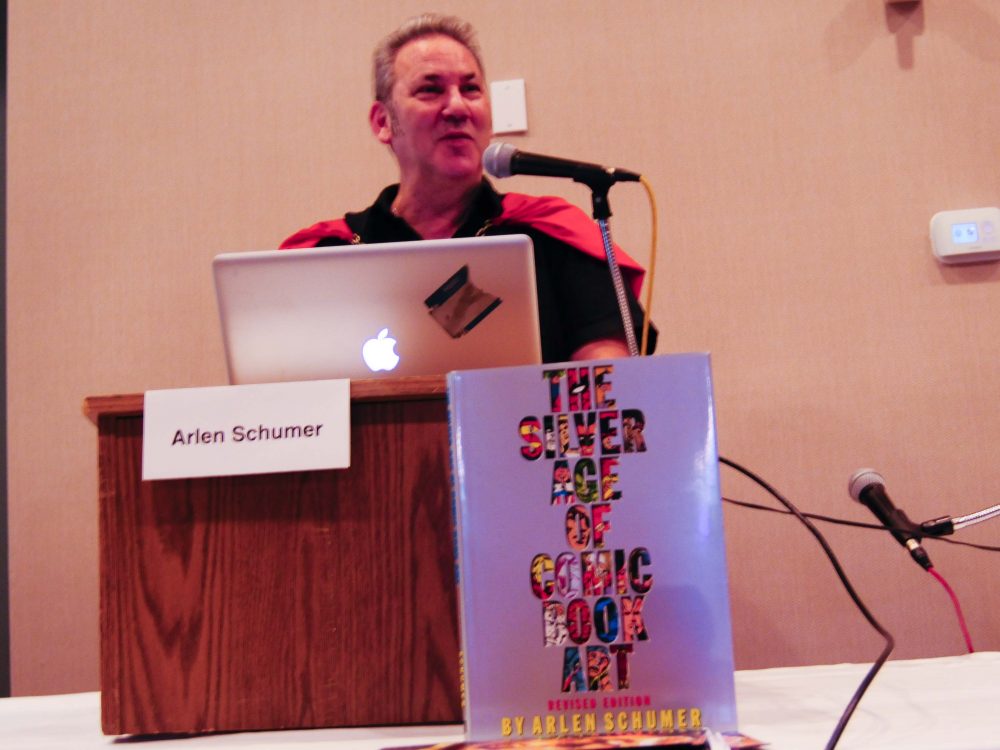
Their focus however was not entirely centered on the Superman clones. “They were more concerned with what was happening in Europe in the late 30’s and early 40’s,” points out Schumer. “They were two-young Jews who wanted to raise the consciousness of America, on what was happening. America didn’t want to fight Europe’s war; We were very isolationists… So what were two Jews to do? They created the most recognized American icon with Captain America.”
The “iconic-captain” became a sensation among readers in a time of war. Many kids and adults bought comics just so they could see the “evil-forces of Europe” getting their teeth knocked in. “Before you know it, punching Nazis’ and Hitler was a thing,” point out Schumer remarking on both the trend in copycat comics at the time surrounding the legendary image of Captain America punching Hitler, as well as the recent political and social climate within our own country at this moment.
After the war, comic books began to lull in their sales and content. “There were no more Nazis to punch,” pointed out Schumer. Jack Kirby had to work on projects that he wasn’t entirely enthusiastic about, ranging from romances, to mysteries, to westerns. Not only did the content become questionable, but Kirby was fighting some battles in his own career. He had left Marvel comics and jumped over to rival DC Comics, a startling change that upset many comic fans even to the point of giving up comics altogether. This was not permanent though, as Kirby jumped between the two companies a number of times over the span of a few decades.
What becomes a heated point in Schumer’s lecture is that of the “Stan Lee vs. Jack Kirby” debate. Schumer himself didn’t hide that he is entirely in Jack Kirby’s corner, which ultimately makes sense. As an artist, Schumer symptomizes and relates more with the legendary Kirby. Where I stand in the issue, which still continues to this day, I won’t remark because this article isn’t about me. What I will say is that I agree with Schumer in that Kirby deserved more credit (in a legal standpoint) with creations of very iconic Marvel characters. It may be the writer who gives the character a soul, but it’s the artist who gives them a body.
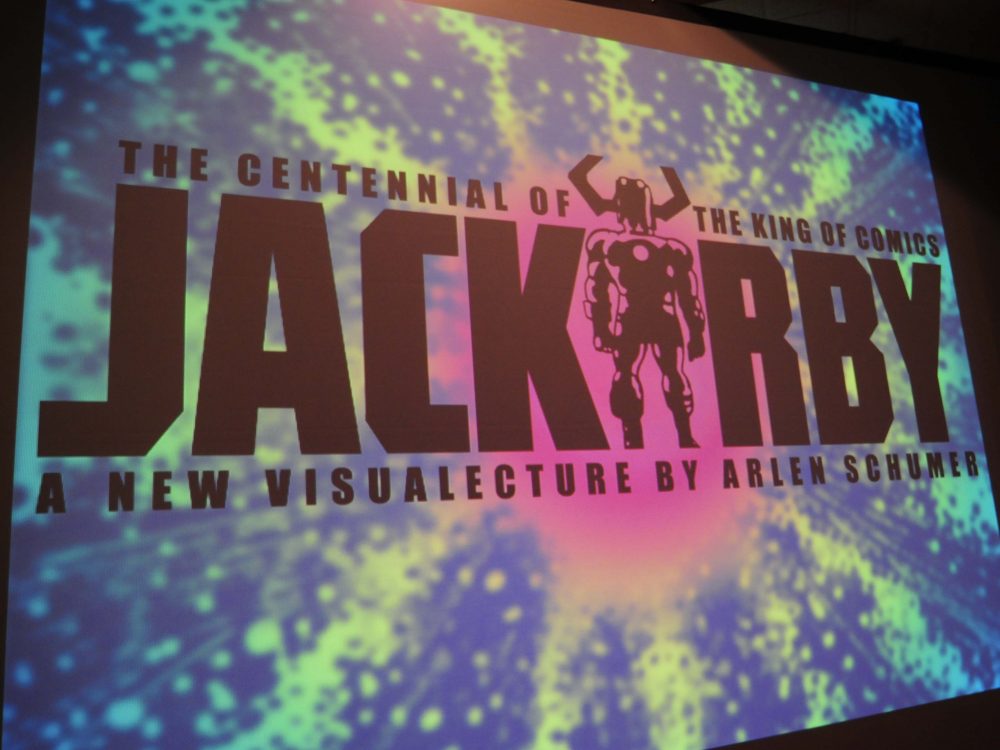
I feel bad that I can’t fit everything that Schumer discussed into one article unless I want it to be the size of a novella. The one thing to ultimately take away from the lecture is that this legend among comic book artists stretched his hands into many fields, and though he passed more than two-decades ago his presence and memory still lingers in the world of comics and if you look close enough, the world at large. To read more in-depth comic history check out Arlen Schumer’s 2003 book, The Silver Age of Comic Book Art. Also, check out his website at www.arlenschumer.com


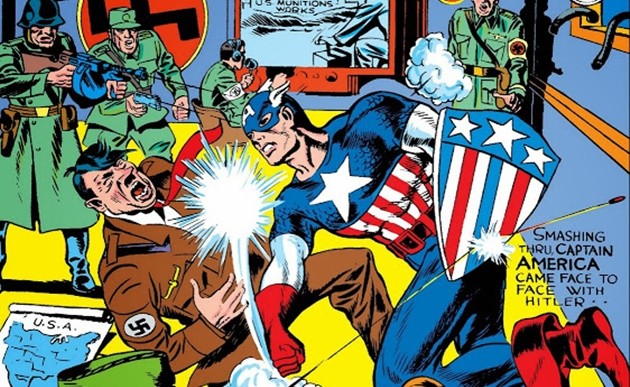
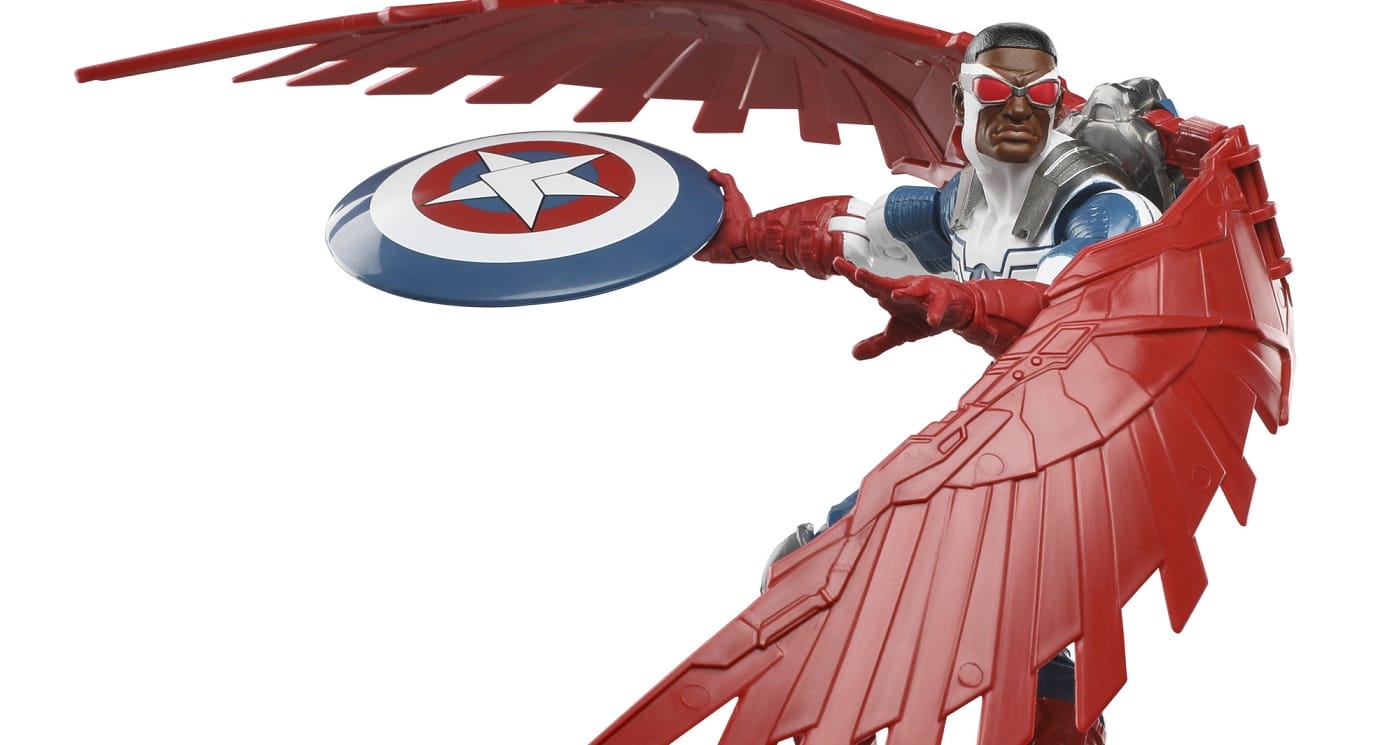




After reading that explosive headline, I thought we’d get a quote from Arlen Schumer “denouncing” Stan Lee, or at least a hint of a denouncement. But, according to what’s written here, Schumer seems to have said that Jack deserved more credit. Is that a denouncement of Stan Lee? Or did Schumer say more that Eskey felt our fragile ears couldn’t stand to hear? We’ll never know unless someone else writes coverage of the panel that’s more forthcoming.
great article !
about Kirby’s 100th birthday : here’s a project with benefits going to the “Hero Initiative”
https://fr.ulule.com/kirby-me/
more than 150 artists from all around the world showing what Kirby means to them
Why spend so much time mentioning you have an opinion only to say you won’t share it? You could have deleted that entire tangent and nothing would change in the article.
Tickets for Amazing Arizona Comic Con will be on sale soon, both
on the web and via the Phoenix Convention Center Box Workplace.
Check out the Master Guest Checklist for the most up to date data about the Celebrity visitors that will be at
SVCC 2017.
Where’s the denouncement of Stan Lee? There’s nothing like that in the article.
What this endless “Kirby vs. Lee” argument never seems to consider is that if Kirby deserves more credit, then so does Lee. Yeah, Stan made out better than Jack but not nearly as well as a guy who’s essentially J.K. Rowling multiple times over.
Mike
I swear I don’t want to be that grammar stickler guy, especially in a piece that written with and about such passion, but some of these errors really distracted me:
“…chalked-full of Kirby history…”: should be “chock-full” or “chock full”
“…being an ‘in-between cell drawer’…”: I believe the the animation transparency is generally spelled with a single L: “cel”
“…Schumer symptomizes…”: I think that’s supposed to be “Schumer sympathizes”
Also, FWIW, I’m sure there’s more detail than is summarized above to the story of Kirby’s design work for the epic space movie/theme park that played a role in the Iranian hostage crisis, later to be depicted on screen in the movie ARGO. For one thing, in real life, it was to be an adaptation of Roger Zelazny’s LORD OF LIGHT (the ARGO movie didn’t go into the Zelazny connection.) I don’t think Kirby himself was involved in acquiring the film rights to Zelazny’s work, but rather was brought on the project by the film producer to provide designs and concept art.
Misses a lot of major points. # one being that Kirby plotted (ie wrote) all those Marvel stories- so calling this artist vs writer is just smoke. It’s not Kirby’s artistic contribution which has been short changed all these years, it’s his contribution as author.
I would accept the contention that Kirby “wrote” the Marvel stories only if someone could demonstrate that he had ever produced a similar body of work elsewhere during his career.
Oh, and totally on his own, with no help from a studio, naturally.
@genephillips
Fourth World Saga
“I would accept the contention that Kirby “wrote” the Marvel stories only if someone could demonstrate that he had ever produced a similar body of work elsewhere during his career.”
Um, Gene, while I’d agree that Jack arguably did his best work by far “with” Stan, he created the entire Fourth World at DC all on his lonesome. .He had a legendary career – as creator or co-creator – both before and after his collaborations with Stan. I’m often reluctant to diminish Stan’s contributions, but has Stan created anything noteworthy since the late 1960s?
Fourth World is a good, if regrettably cut-off-too-soon,, body of work, but I don’t think of it as being “similar.” to the Marvel works. I think FW shows Kirby returning to the tropes he preferred in both his pre-Marvel and post-Marvel work: mostly balls-out pulp-action with occasional sentimental moments– nothing quite like the “epic soap opera” he worked on when collaborating with Stan Lee.
Yes, yes, Stan was no great shakes before JK and SD– although I don’t think anyone’s really fully evaluated all of his 50s work with Joe Maneely– but he was an editor first and a writer second, and Kirby’s talents were such that he needed some reining-in. I think the S&K studio provided some reins in the more realistic work– particularly the S&K romance stories, which might be the closest to Lee-Kirby Marvel in structure– but I’m just not seeing that JK could do it all alone, genius though he was.
“has Stan created anything noteworthy since the late 1960s?”
Did Kirby create anything that was financially successful — i.e., that wasn’t canceled after a few issues — after the late 1960s? Oh, yeah: Kamandi. Not his finest hour.
Plotting is not the same as writing. Kirby’s work after 1970 showed that he had no talent for writing dialogue. Complex characterizations were also not one of his great strengths. (When Kirby returned to Marvel in 1975, Roy Thomas’ advice to Stan Lee was: “Don’t let him write.” But Jack’s deal was that he would be writer, editor and artist.)
Kirby’s strength was as an idea man. He needed someone with better commercial instincts — a Joe Simon or a Stan Lee — to shape these ideas into something that would appeal to a lot of people.
When I sit down and think about it, I like everything Kirby’s done, from the 50’s Romance stuff, to that 2nd cup of coffee at DC, to co-creating the Marvel U (which yes, once you do that, it’s kinda hard to ever top…and no one else really has either) to the Fourth World/OMAC/Kamandi/The Losers to those 2001/Machine Man books/3rd run on Cap to even Captain Victory.
I think it’s all great. He was a very blunt writer, but his concepts and gorgeous artistry overcame that, even if it didn’t find much of an audience. He’s the greatest, most versatile creator American comics has ever seen, and probably ever will.
Stan deserves his fair share of credit for providing probably the best dialogue within superhero comics to that point, and for actually selling the Bullpen and the MMMS to the masses. But Kirby is Kirby, up there with Tezuka and Moebius at the top of the pantheon.
Glad to see a more balanced consideration here than apparently prevailed in San Diego, courtesy of Mr. Schumer.
“Where’s the denouncement of Stan Lee?”
just post a comment on his face book and he will let you know, and probably insult you as well. . Arlen is the biggest jerk in comics that ive ever had the displeasure of talking to.
Alas, what anonymous says above is very true. Mr. Schumer has proven himself to be quite the cowardly dictator over on his Facebook group (the one dedicated to Jackirby (his spelling, not mine)… I joined that group as a fan of Jack Kirby, but then I quickly realized that it was also a group that was dedicated to downplaying & in some cases, to use the word bandied about in the title of this article & in the comments, denouncing Stan Lee’s contributions to the business..
If you don’t agree with his anti-Stan Lee stance, then you are automatically billed as a “Lee Lemming,” on “Team Lee,” or are told to go away & create a “pro-Lee group.”
Then he tries to throw his online essay entitled, “The Auteur Theory of Comics” in your face as though this heavily biased online article gives him credibility? “Hey! I was gracious enough to mention that Stan Lee deserves exactly 50% of the credit…” This is then followed up by denigration after denigration.
Arlen Schumer is yet another in a long line of close-minded fools filled with delusions of grandeur just because he knows how to type words on the Internet.
Comments are closed.